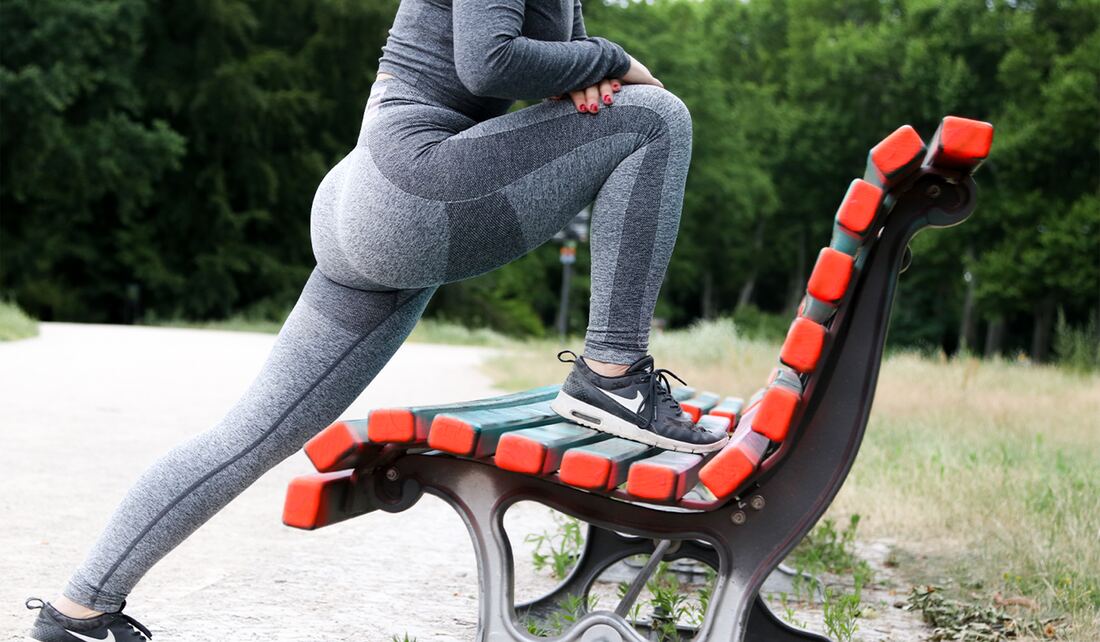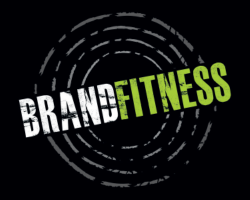
Sometimes, after a few weeks of working out together, a client might ask a trainer, “Why do we do so much work on my glutes?”
“Glutes” is the technical term for "rear end." So you might translate that question as, “What’s my butt got to do with it?”
Either way you put it, the answer is the same: A lot.
The gluteus maximus rules as the largest muscle in your body, the hub of movement, the workhorse. Problems arise when your glutes get lazy or dormant, because other muscles must kick in to perform jobs that they're not designed to do. And that starts a domino effect of compensations that will, over time, wreak havoc on your body.
With every step you take, your glutes should absorb much of the impact and propel you into the next step. If your glutes can’t do that, your foot, knee, hip, back – maybe even your neck – are going to take the brunt of those forces.
And because your glutes are at the center of your body, they’re crucial to function for both the lower and upper body.
At any age, if the butt starts lagging, you’re far more likely to experience back pain and have knee trouble. You’re also more prone to falls, which is a particular concern for mature adults. And, let's admit it: No one wants a saggy bottom.
Talk to us here about squats, deadlifts, and other exercises to strengthen your glutes, including bridges, plank variations, and banded hip abductions.
Your butt is just too important to ignore.
Marion Brand
BRAND FITNESS
www.brandfitness.ca
www.brandfitness.online

